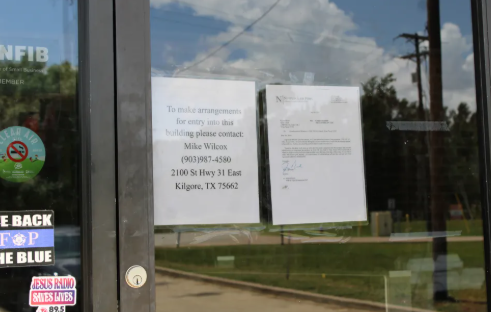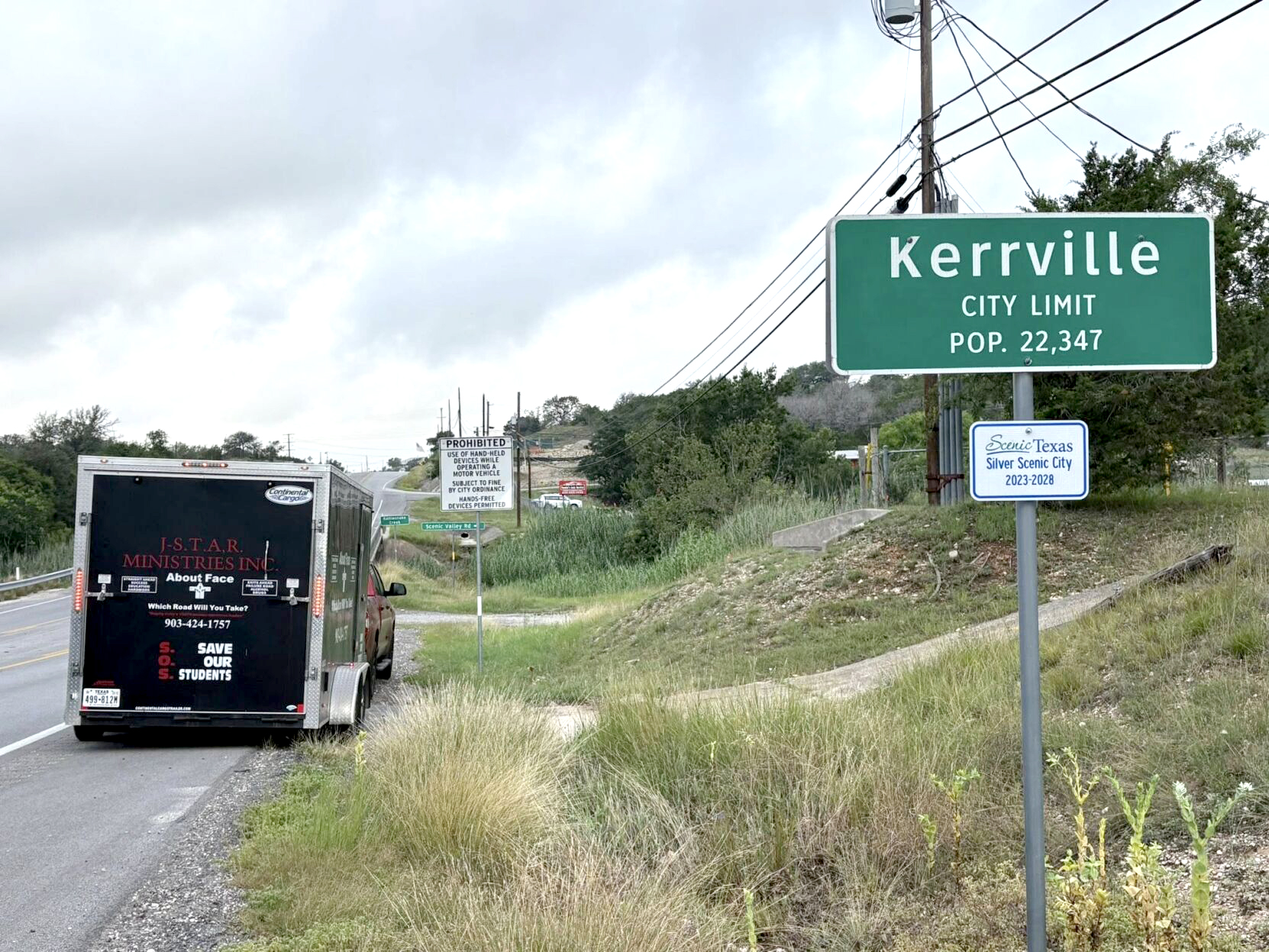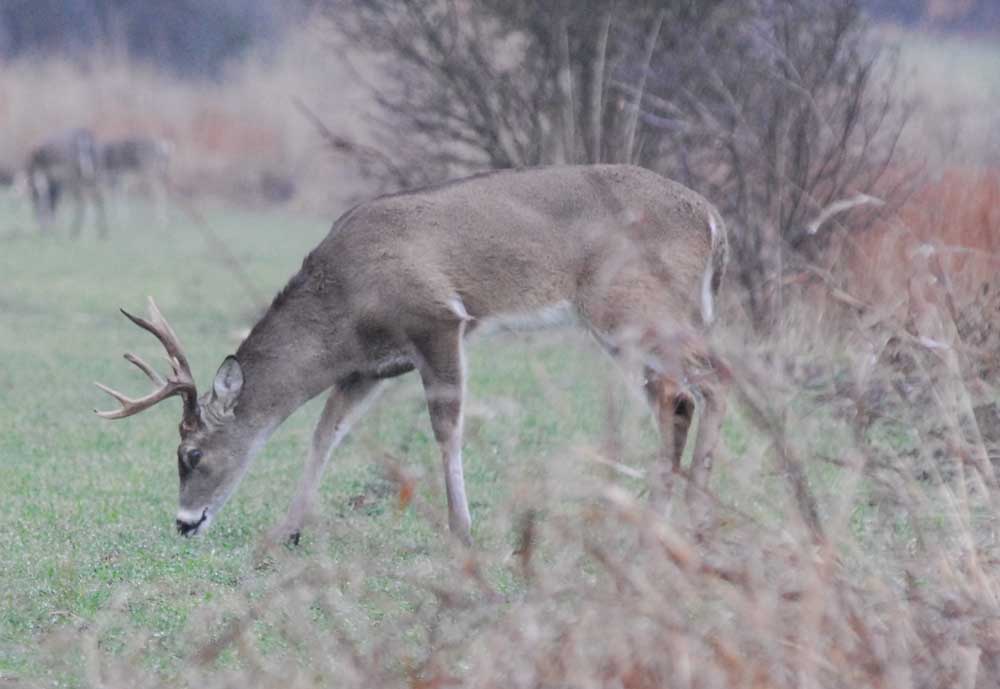Mahaw: A Southern tree with a unique fruit
Published 7:42 pm Sunday, February 21, 2016
When I was a kid, my mother would make various jellies and preserves each year from fruits like figs, blackberries, plum and mayhaws, to name a few. One of my favorite jellies she made was from mayhaws.
Mayhaws are very common in the South. They grow under hardwood timber in the wet floodplain soils along creeks and rivers. These small trees are of the Hawthorne family. Mayhaw trees have white blooms in the spring. These trees can tolerate wet soils but grow best in well-drained soils with a pH of 6.0 to 6.5.
Trending
The fruit of the mayhaw tree is small and apple-like, ripening late April or early May in East Texas. Most varieties ripen over a 10- to 30-day period while some varieties may have 80 percent of the fruit ripe at one time. The fruit is typically 1/2 to 3/4 inch in diameter. While it makes good jelly, the mayhaw is not a desirable fruit to eat raw.
Established trees should receive 1 pound of slow release fertilizer per inch of trunk diameter in February or early March. Repeat applications in late August or early September if the trees are not vigorous and if adequate water is available to prevent scorching. Avoid applying fertilizer too close to the trunk of the tree.
Mayhaw trees are long-lived and may have a 30-foot-diameter canopy after years of growing. When planting these in the orchard or landscape, plant the trees 15 to 20 feet apart in the row, with 18 to 20 feet between the rows.
Train mayhaws to a single trunk at the base. The first branches should be 18 inches or more if equipment will be operated under the trees. Mayhaws have a tendency to produce an open canopy at maturity. Mayhaws will adapt to the multiple leader training system utilized by pear and apple growers.
Shaking the tree is one way to harvest mayhaws. Shakers can be made to put on farm equipment or, depending on the size of the tree, may be done by hand. Commercial growers utilize tarps or canvas under the tree and shaking to collect the fruit. In the wild, mayhaws ripen and the fruit falls into the water where it then may be collected.
Insects that may cause damage to mayhaws include plum curculio, aphids, flat-headed apple borers and white flies, and foliage feeders may attack these trees. Quince rust and cedar-apple rust are diseases that may cause damage to the fruit as well. The best way to control rusts on the mayhaws is to select from rust-free plants.
Trending
Varieties of mayhaws include “Super Spur,” “Super Berry,” “Big Red,” “Winnie Yellow,” “Highway Red,” “Highway Yellow” and “T.O. Warren Superberry,” to name a few. Late freeze potential is a factor to consider when planting mayhaws.
Educational programs of the Texas A&M AgriLife Extension Service are open to all people without regard to race, color, religion, sex, national origin, age, disability, genetic information or veteran status. The Texas A&M University System, U.S. Department of Agriculture, and the County Commissioners Courts of Texas Cooperating.






